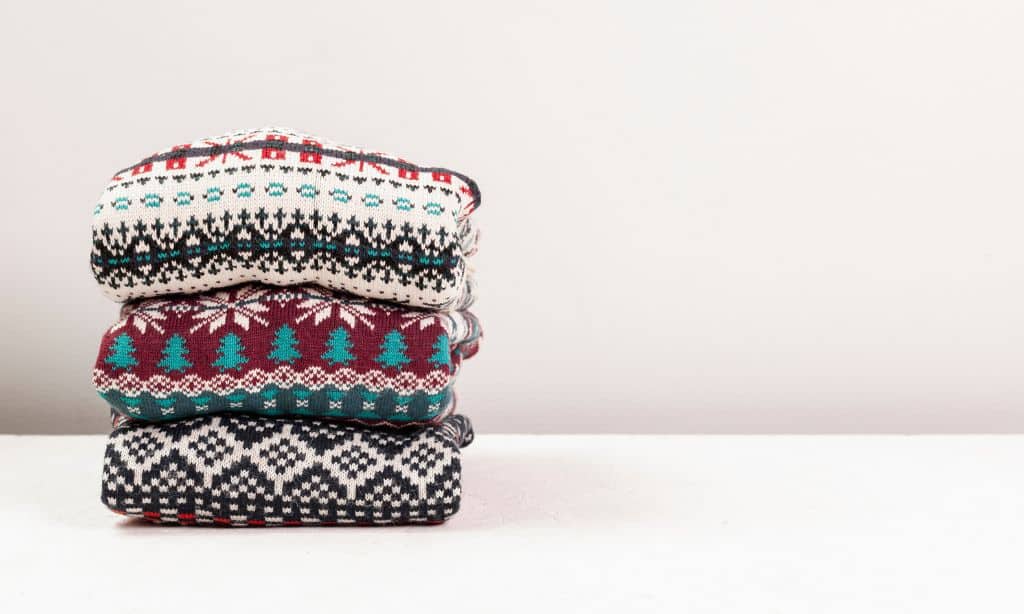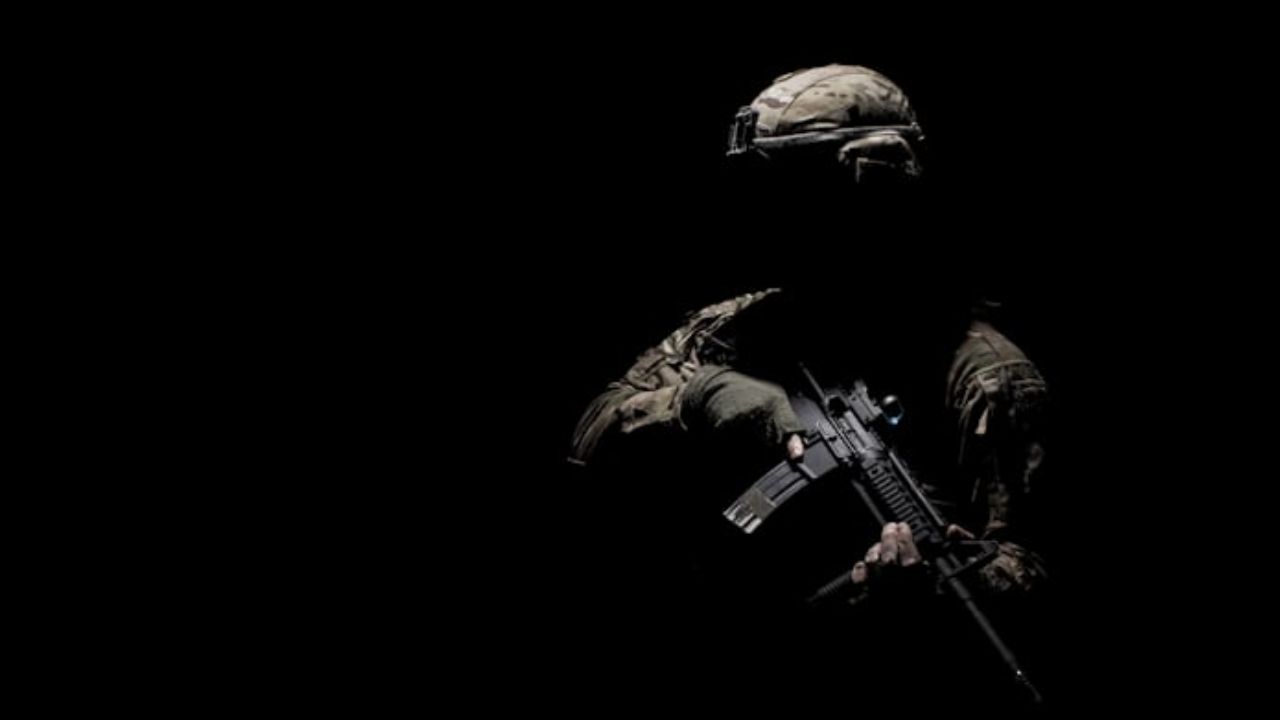Have you ever looked at your overflowing closet and felt guilty about throwing away perfectly good clothes? You’re not alone. Every second, the equivalent of one garbage truck of textiles is dumped in landfills or burned worldwide. But here’s the exciting part – your “old” clothes could be the start of something beautiful and new!
Welcome to your complete guide to upcycling clothes. Whether you’re a complete beginner or a crafting enthusiast, this article will show you how to transform your outdated wardrobe into stunning, useful items. The best part? You’ll save money and help save the planet at the same time!
Upcycling Impact Statistics
| Category | Current Statistics (2024) | Potential Impact of Upcycling |
|---|---|---|
| Textile Waste | 16 million tons annually in US | Can reduce personal waste by 70% |
| Water Usage | 700 gallons per new shirt | Saves 500-600 gallons per upcycled item |
| Cost Savings | $1,700 spent on clothes annually | Can save up to $1,000 per year |
| Carbon Footprint | 10% of global emissions from fashion | Reduces individual carbon footprint by 30% |
What Makes Upcycling Different from Recycling?
Before we dive into the projects, let’s clear up a common confusion. Recycling breaks down materials into raw components, often requiring significant energy and resources. Upcycling, on the other hand, transforms items directly into something new and often more valuable. Think of it as giving your clothes a promotion rather than a complete career change!
Benefits of Choosing Upcycling:
- Requires minimal resources
- Creates unique, one-of-a-kind items
- Preserves the original material’s quality
- Can be done at home with basic tools
- Saves money on new purchases
Essential Tools for Your Upcycling Journey
Before starting any project, gather these basic tools:
- Sharp fabric scissors ($10-15)
- Measuring tape ($3-5)
- Straight pins ($4-6)
- Chalk or fabric markers ($5-7)
- Basic sewing kit ($15-20)
- Iron and ironing board
- Sewing machine (optional but helpful)
12 Creative Upcycling Projects (From Easiest to Most Advanced)
1. No-Sew T-Shirt Tote Bags
Difficulty Level: Beginner (No sewing required!) Time: 30-45 minutes Materials Needed:
- 1 old t-shirt
- Sharp scissors
- Ruler or measuring tape
Detailed Steps:
- Wash and iron your t-shirt
- Cut off the sleeves along the seam
- Cut a wide, rounded neckline
- Cut 4-inch strips along the bottom
- Tie strips together in double knots
- Optional: Reinforce bottom with fabric glue
Pro Tips:
- Choose thick t-shirts for stronger bags
- Double-layer for heavy items
- One bag can hold up to 15-20 pounds
- Saves approximately 500 plastic bags over its lifetime
2. Memory Quilt Squares
Difficulty Level: Beginner-Intermediate Time: 2-3 hours for 9 squares Materials Needed:
- 9-12 pieces of meaningful clothing
- Backing fabric
- Batting
- Thread
- Scissors
- Measuring tape
- Iron
Detailed Steps:
- Cut 12-inch squares from each piece of clothing
- Iron all squares flat
- Arrange squares in a 3×3 pattern
- Pin squares together
- Sew with 1/4 inch seam allowance
- Add batting and backing
- Quilt as desired (can be simple straight lines)
Pro Tips:
- Use interfacing for stretchy fabrics
- Include pockets or special details
- Label each square with embroidery
- Estimated savings: $100-150 compared to store-bought quilts
3. Designer Denim Bag
Difficulty Level: Intermediate Time: 4-5 hours Materials Needed:
- 2 pairs of old jeans
- Lining fabric
- Heavy-duty thread
- Zipper or magnetic closure
- Bag handles
- Heavy-duty needle
Detailed Steps:
- Deconstruct jeans along seams
- Cut pattern pieces (base, sides, pockets)
- Reinforce high-stress areas
- Sew exterior pieces together
- Create and attach lining
- Add closure and handles
- Top stitch for durability
Pro Tips:
- Use original jean pockets as features
- Double-stitch stress points
- Add internal zippered pocket
- Saves $50-75 compared to designer bags
4. Sweater to Cardigan Transformation
Difficulty Level: Beginner Time: 1-2 hours Materials Needed:
- Old pullover sweater
- Buttons or zipper
- Ribbon or binding tape
- Basic sewing supplies
Detailed Steps:
- Mark center line
- Stabilize with straight stitching
- Cut carefully down center
- Add binding or ribbon facing
- Create buttonholes or attach zipper
- Sew on buttons if using
- Steam press edges
Pro Tips:
- Choose thick sweaters for best results
- Use matching thread color
- Test buttonholes on scrap fabric
- Potential savings: $30-40 per cardigan
5. T-Shirt Memory Pillow
Difficulty Level: Beginner Time: 1 hour Materials Needed:
- Special t-shirt
- Backing fabric
- Pillow stuffing
- Basic sewing supplies
- Iron-on interfacing
Detailed Steps:
- Cut shirt front and back squares
- Apply interfacing to stabilize
- Cut backing fabric same size
- Pin right sides together
- Sew leaving opening for stuffing
- Turn right side out
- Stuff and hand-stitch closed
Pro Tips:
- Center graphics carefully
- Use quality stuffing
- Double-stitch seams
- Saves $25-35 per pillow
6. Braided T-Shirt Rug
Difficulty Level: Beginner Time: 3-4 hours Materials Needed:
- 10-12 old t-shirts
- Scissors
- Safety pins
- Large needle
- Strong thread
Detailed Steps:
- Cut shirts into 2-inch strips
- Stretch strips to curl edges
- Braid three strands together
- Coil braid into spiral
- Pin to maintain shape
- Sew coils together
- Reinforce center and edges
Pro Tips:
- Use similar weight shirts
- Mix colors strategically
- Sew with double thread
- Saves $40-60 per rug
7. Dress to Two-Piece Set
Difficulty Level: Advanced Time: 3-4 hours Materials Needed:
- Old maxi dress
- Elastic
- Matching thread
- Scissors
- Measuring tape
Detailed Steps:
- Determine cutting line
- Cut dress at natural waist
- Create casing for elastic
- Insert elastic in top
- Hem both pieces
- Add optional details
- Press all seams
Pro Tips:
- Choose lightweight fabrics
- Test elastic tension
- Add pockets to skirt
- Saves $75-100 compared to new sets
8. Button Art
Difficulty Level: Beginner Time: 2-3 hours Materials Needed:
- Old buttons
- Canvas
- Strong glue
- Pattern template
- Paint (optional)
Detailed Steps:
- Design pattern
- Transfer to canvas
- Sort buttons by size/color
- Arrange buttons dry
- Glue each button
- Add painted details
- Seal if desired
Pro Tips:
- Mix button sizes
- Create color themes
- Use clear glue
- Saves $30-40 per piece
9. Jean Pocket Organizer
Difficulty Level: Intermediate Time: 2-3 hours Materials Needed:
- 6-8 pairs of old jeans
- Backing fabric
- Grommets
- Heavy thread
Detailed Steps:
- Remove all pockets carefully
- Cut backing fabric
- Arrange pockets
- Sew pockets to backing
- Add hanging grommets
- Reinforce all seams
- Press flat
Pro Tips:
- Keep pocket shapes intact
- Stagger pocket placement
- Add labels if desired
- Saves $45-55 compared to bought organizers
10. Infinity Scarf
Difficulty Level: Beginner Time: 30-45 minutes Materials Needed:
- Old knit shirt
- Scissors
- Thread
- Sewing machine (optional)
Detailed Steps:
- Cut shirt horizontally
- Remove bottom hem
- Fold in half lengthwise
- Sew or hand-stitch ends
- Turn right side out
- Press seam flat
- Style as desired
Pro Tips:
- Choose stretchy fabrics
- Make multiple from one shirt
- Add twist for style
- Saves $20-25 per scarf
11. Pet Bed from Sweaters
Difficulty Level: Intermediate Time: 2-3 hours Materials Needed:
- 2-3 old sweaters
- Pillow stuffing
- Non-slip fabric
- Basic sewing supplies
Detailed Steps:
- Cut sweaters to size
- Create bottom cushion
- Form sides and rim
- Stuff firmly
- Add non-slip bottom
- Create removable cover
- Add washing instructions
Pro Tips:
- Use washable materials
- Double-stuff for comfort
- Make cover removable
- Saves $40-60 per bed
12. Fabric Jewelry
Difficulty Level: Beginner Time: 1-2 hours per piece Materials Needed:
- Fabric scraps
- Jewelry findings
- Beads (optional)
- Strong glue
- Scissors
Detailed Steps:
- Cut fabric strips/shapes
- Roll or fold designs
- Secure with glue
- Add findings
- Incorporate beads
- Let dry completely
- Seal edges
Pro Tips:
- Use sturdy fabrics
- Mix textures
- Create sets
- Saves $15-25 per piece
Project Success Rates
| Project | Beginner Success Rate | Time to Master | Average Cost Savings |
|---|---|---|---|
| T-Shirt Tote | 95% | 1-2 attempts | $15-20 |
| Memory Quilt | 75% | 3-4 attempts | $100-150 |
| Denim Bag | 70% | 4-5 attempts | $50-75 |
| Cardigan | 85% | 2-3 attempts | $30-40 |
| Memory Pillow | 90% | 1-2 attempts | $25-35 |
| Braided Rug | 80% | 2-3 attempts | $40-60 |
| Two-Piece Set | 60% | 5-6 attempts | $75-100 |
| Button Art | 95% | 1-2 attempts | $30-40 |
| Organizer | 75% | 3-4 attempts | $45-55 |
| Infinity Scarf | 95% | 1 attempt | $20-25 |
| Pet Bed | 70% | 3-4 attempts | $40-60 |
| Fabric Jewelry | 90% | 2-3 attempts | $15-25 |
Smart Storage Solutions for Your Upcycling Materials
Keep your upcycling supplies organized with this system:
- Clear bins for different fabric types
- Label everything with content and weight
- Store in cool, dry place away from sunlight
- Use cedar blocks to prevent moths
- Keep an inventory list (free templates available online)
Takeaway: Your Next Steps to Sustainable Style
You’re now equipped with everything you need to start your upcycling journey! Remember, every piece you upcycle helps create a more sustainable future. Start with the no-sew projects and gradually work your way up to more complex transformations. The most important thing is to begin – even small changes make a big difference.
Ready to start? Choose one project from the list that excites you the most. Gather your materials, set aside some time this weekend, and give it a try. Your creativity (and the planet) will thank you!








































